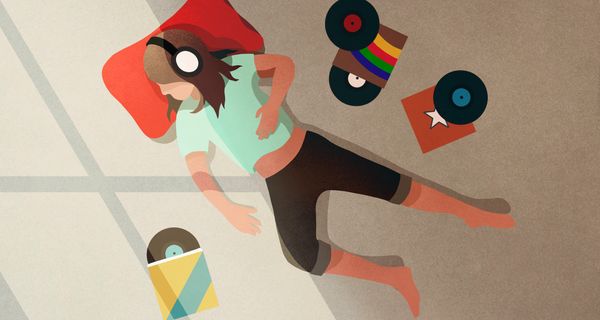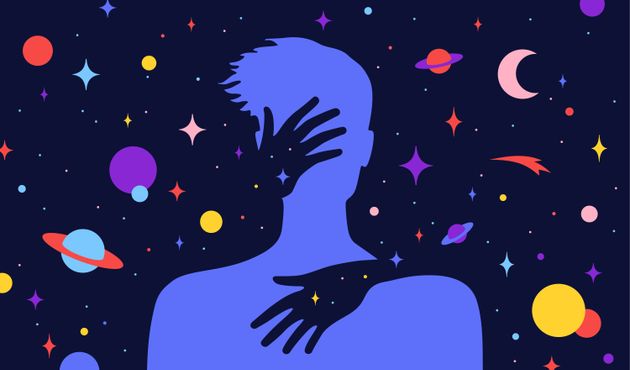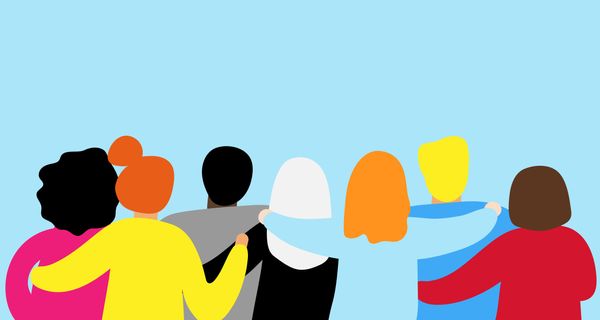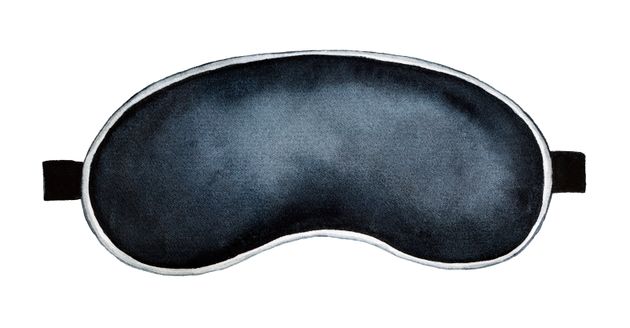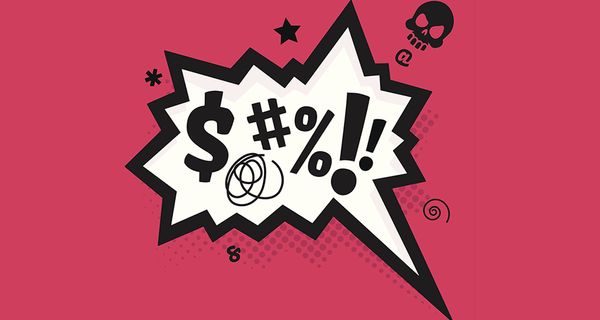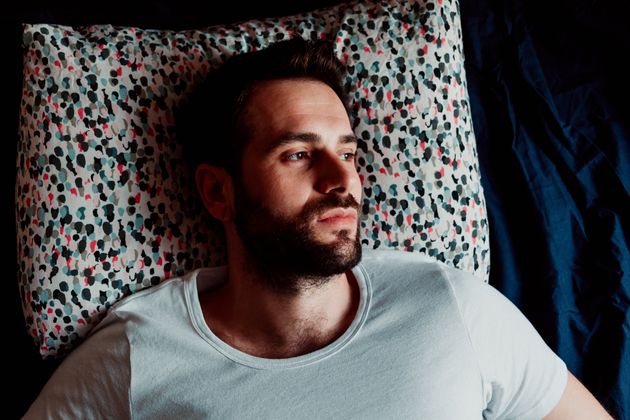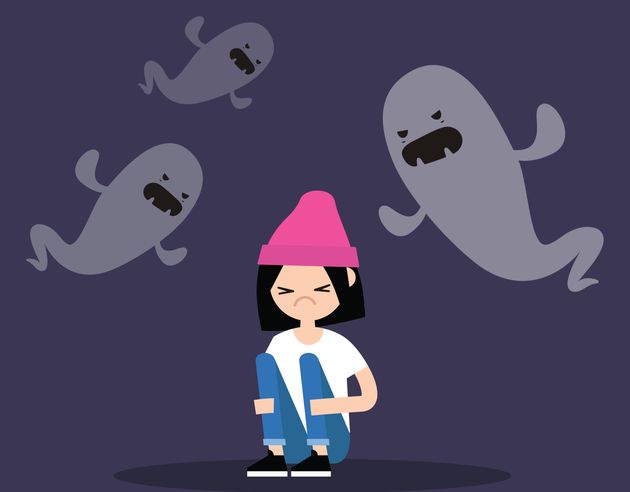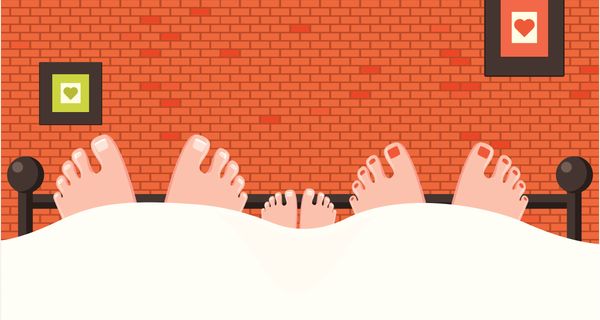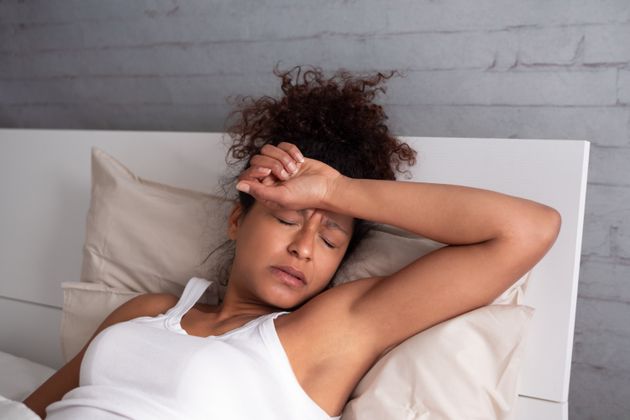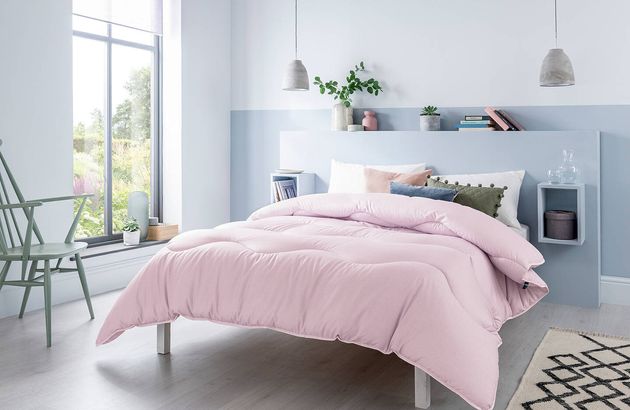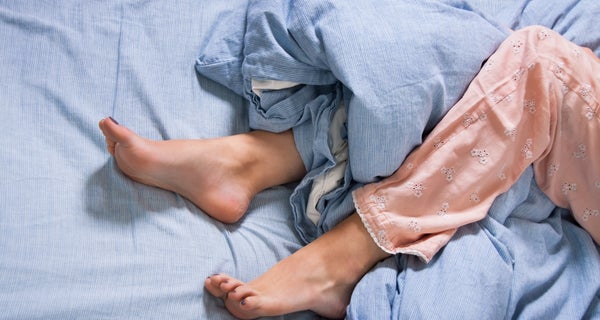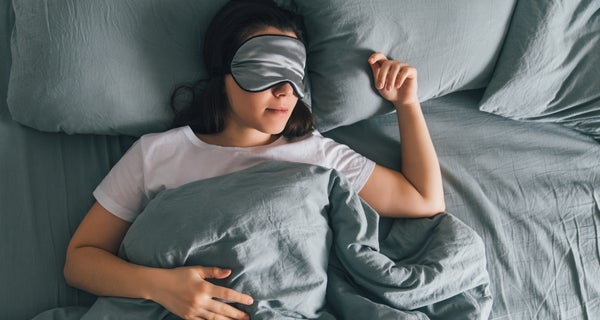Filmmaker and actor Taika Waititi has been caught napping on the job multiple times – and he’s more than happy to tell the world about it.
The 44-year-old shared a thread posted by a fan account, aptly named Taika Naptiti, and urged others with “Taika sleeping photos” to come forward and share theirs, too.
The photos show the Jojo Rabbit and Thor: Ragnarok director stacking Zzzs in various positions – including on a chair with no headrest, his head leaning so far back it looks like his neck might snap.
He’s also been papped napping in a pushchair, on benches, on the floor with his legs on a chair (classic), and in various vehicles. If day-sleeping was an Olympic sport, this man would grab gold.

Related…
taika naptiti: a thread pic.twitter.com/NgeRkDWr1C
— taika naptiti (@mcuwaititi) February 24, 2020
Napping at work may be frowned upon for some of us – but there’s definitely a case for doing it. One study found people who nap are more likely to be productive, happier and confident people – so it could actually benefit your output at work. A quick 30-minutes on your lunch break? Yes please.
James Wilson, a sleep behaviour and environment expert also known as The Sleep Geek, is a firm supporter of the work nap. He’s worked with organisations where groups of 40 people head to their cars for naps midway through the working day. “People are becoming more aware of it, there’s a clamour for things like nap rooms and nap pods,” he tells HuffPost UK. “I think it should be socially acceptable.”
Wilson is, however, cautious about telling everyone to nap throughout the working day, because it could disrupt nighttime sleep for some. So, the questions you need to ask yourself are: does a nap affect your sleep at night? And are you tired during the day? If the answer is no, then yes – you’ve passed the test. You’re fit for a work nap.

You might want to nap at work if you’re working long shifts to get projects delivered, or if you work unsociable hours, says Wilson. Or you might want to have a quick snooze if you’re feeling unwell. Night owls who struggle to adhere to the typical 9-5pm working day may also feel the need to nap more, he adds.
Naps can be beneficial if you tend to exercise later in the day, or you’re off on a big night out.
So, how can you make the most of a work nap?
Don’t nap for more than 30 minutes, says Wilson, otherwise you may enter a deeper stage of sleep and wake up feeling worse than when you started. Not ideal when you’re at work. “Naps should be short,” he adds. “It’s about alertness and productivity, it’s a quick energy boost.”
Aim to nap before 2-3pm because the closer you nap to bedtime, the harder it’ll be to go to sleep at night. If your workplace isn’t nap friendly (yet), grab 40 winks on your lunch break. But if they encourage flexible working, you might be able to settle in for a quick snooze after lunch – or whenever suits you.
Make sure you’ve got a good location to nap in. This could be your car if there’s not any space in your office to sleep, or a meeting room you book out for 30 minutes. Wilson used to nap in the toilet cubicles at work – a routine he managed for almost a year. A comfortable spot is probably best, though – Wilson recommends tracking down a sofa with low arms. Pointing out Waititi’s unusual sleeping posture in some of the photos shared online, he adds: “We don’t want to be waking up feeling like we’ve gone 10 rounds with Tyson. You could be napping and end up spending a fortune on chiropractors.” Investing in a turtle wrap pillow could be handy, allowing you to nap on-the-go (planes, cars, trains) or at work – wherever the mood takes you.
You also need to make sure the atmosphere is right to nap in. Take specific sleep tools with you to help you drift off quickly, suggests Wilson. This could be a blanket with a partner’s perfume on, an eye mask (if you usually sleep with one), or some headphones so you can listen to sleep meditation or music. “Create a bit of a routine that says to your body: I’d like to nap now,” he adds.
If you can’t nap at work, get outdoors on your lunch break and do some light exercise – even if that’s just walking around the park. It can help you push past that afternoon slump. And if you try to nap, but can’t seem to fall asleep, don’t beat yourself up about it, says Wilson. It probably means you’re getting enough sleep at night.
Related…

Do You Have A Sleep Disorder Or Just Bad Sleep Habits?

Struggling To Sleep? Turns Out Many Of Us Are Online Shopping Between Midnight And 6am

How To Have A Better Night’s Sleep: The Ultimate Sleep Hygiene Guide

This Is What It’s Like To Fear Going To Bed

Kids Won’t Sleep? Try This Detailed, One-Hour Bedtime Routine

Is An Obsession With Tracking Our Sleep Fuelling A Bedtime Crisis?
